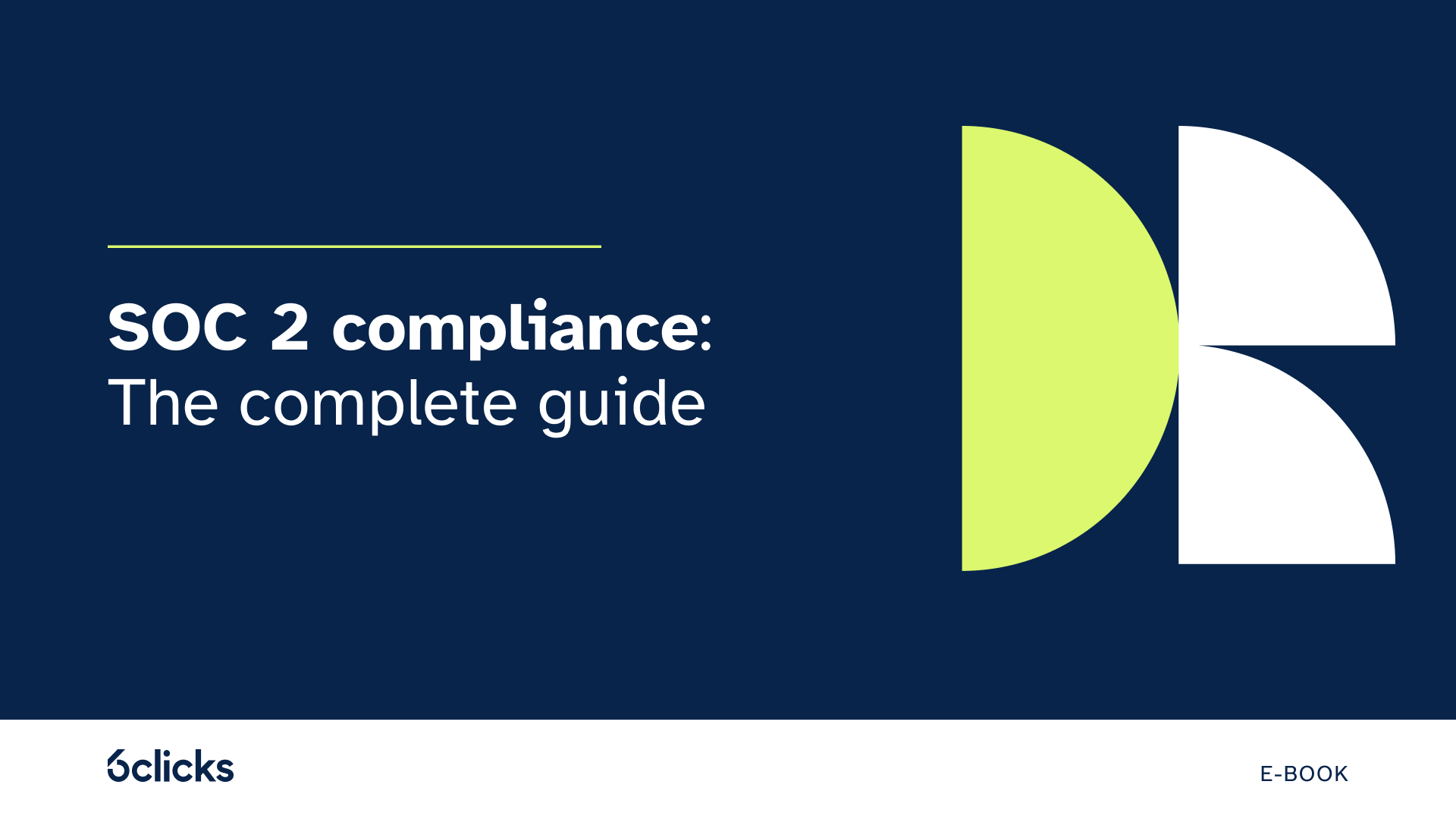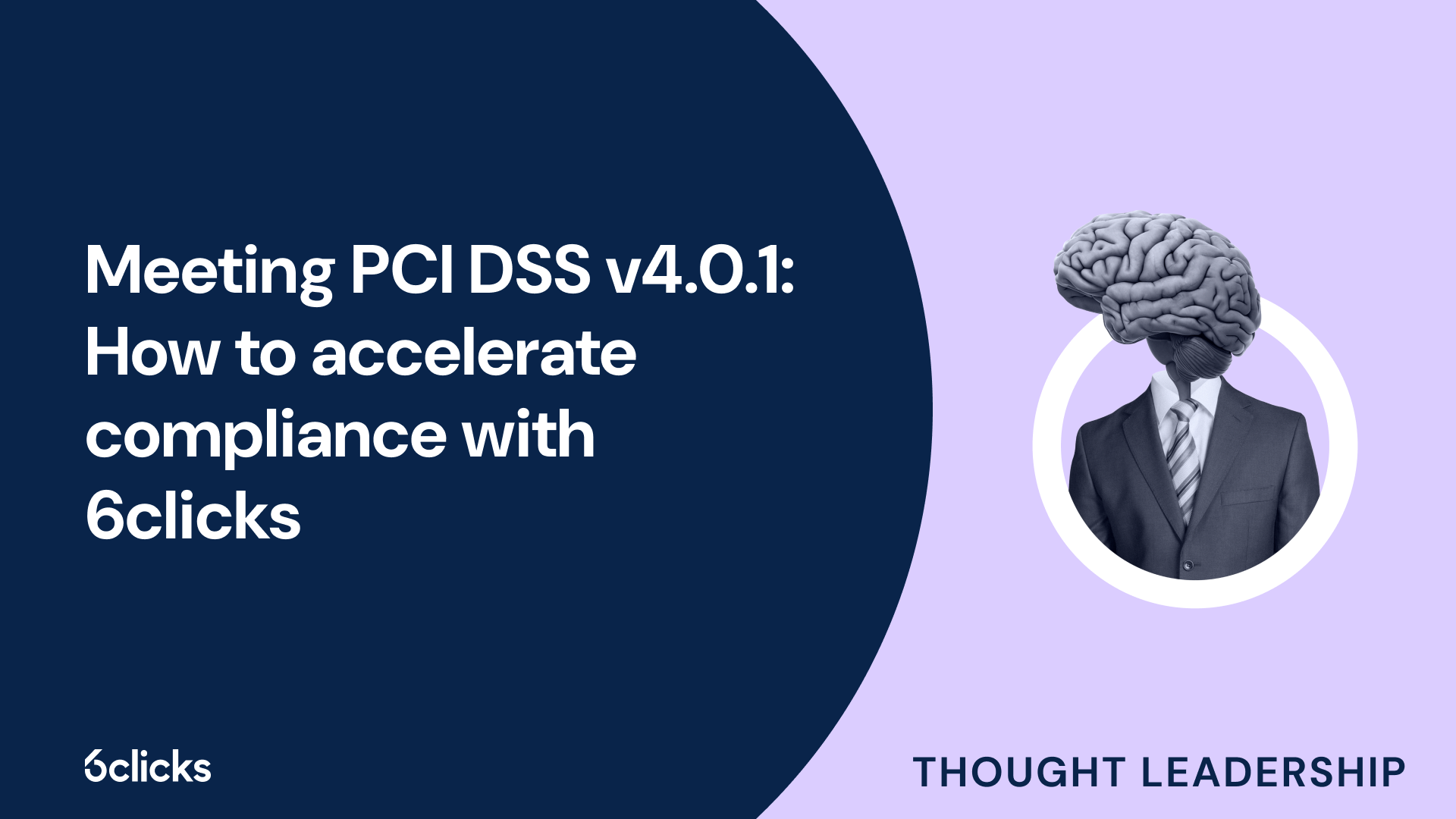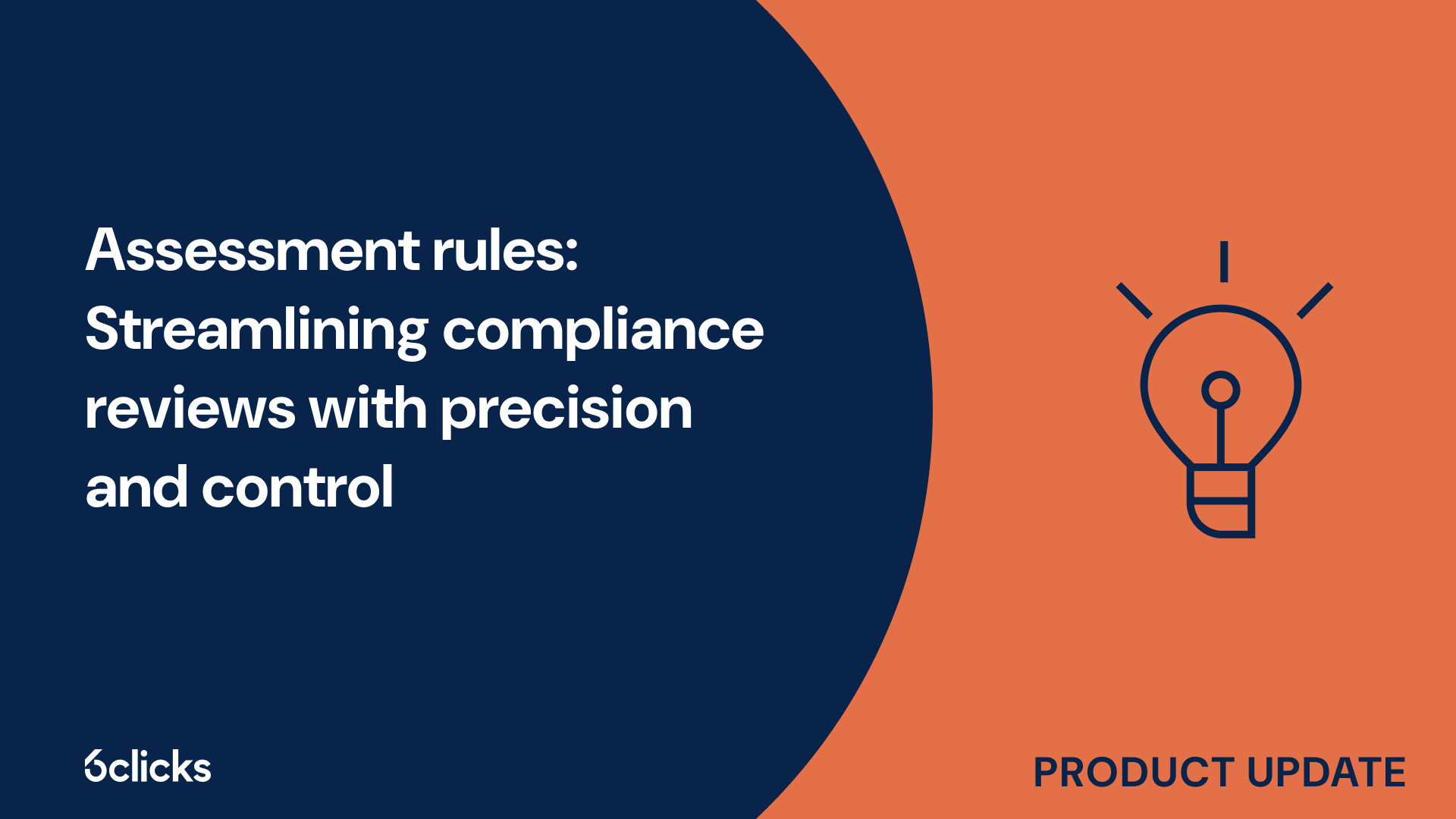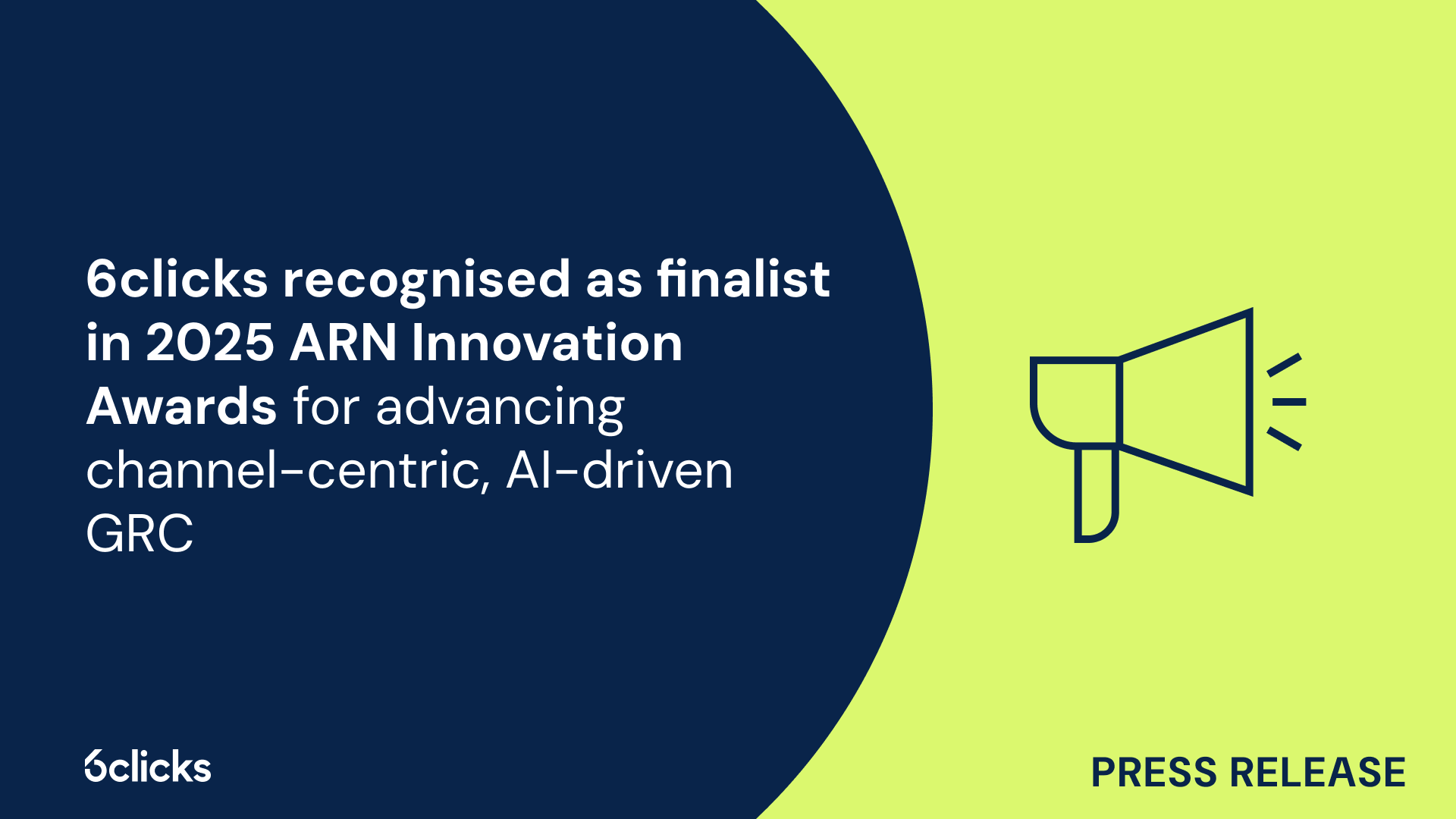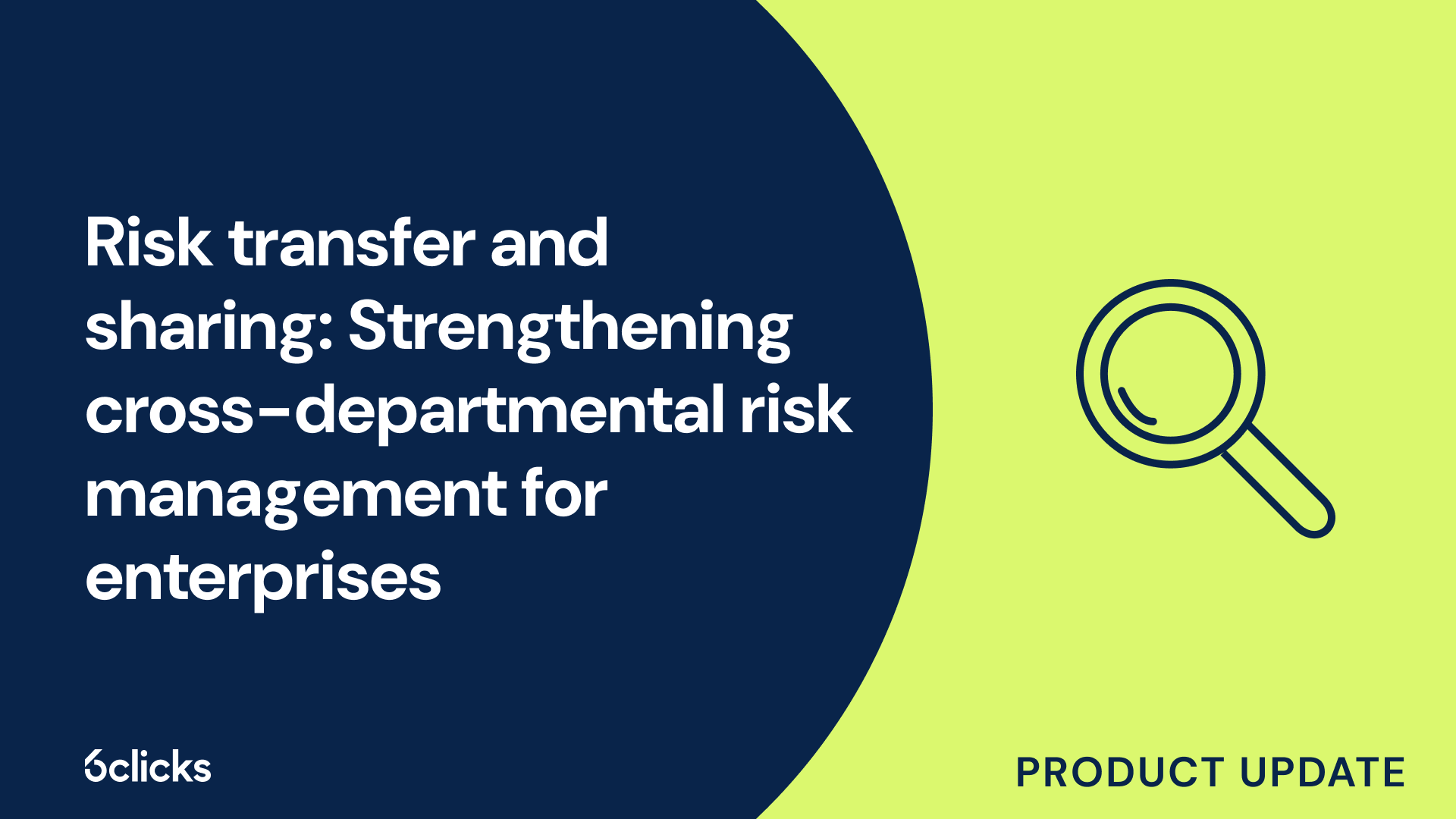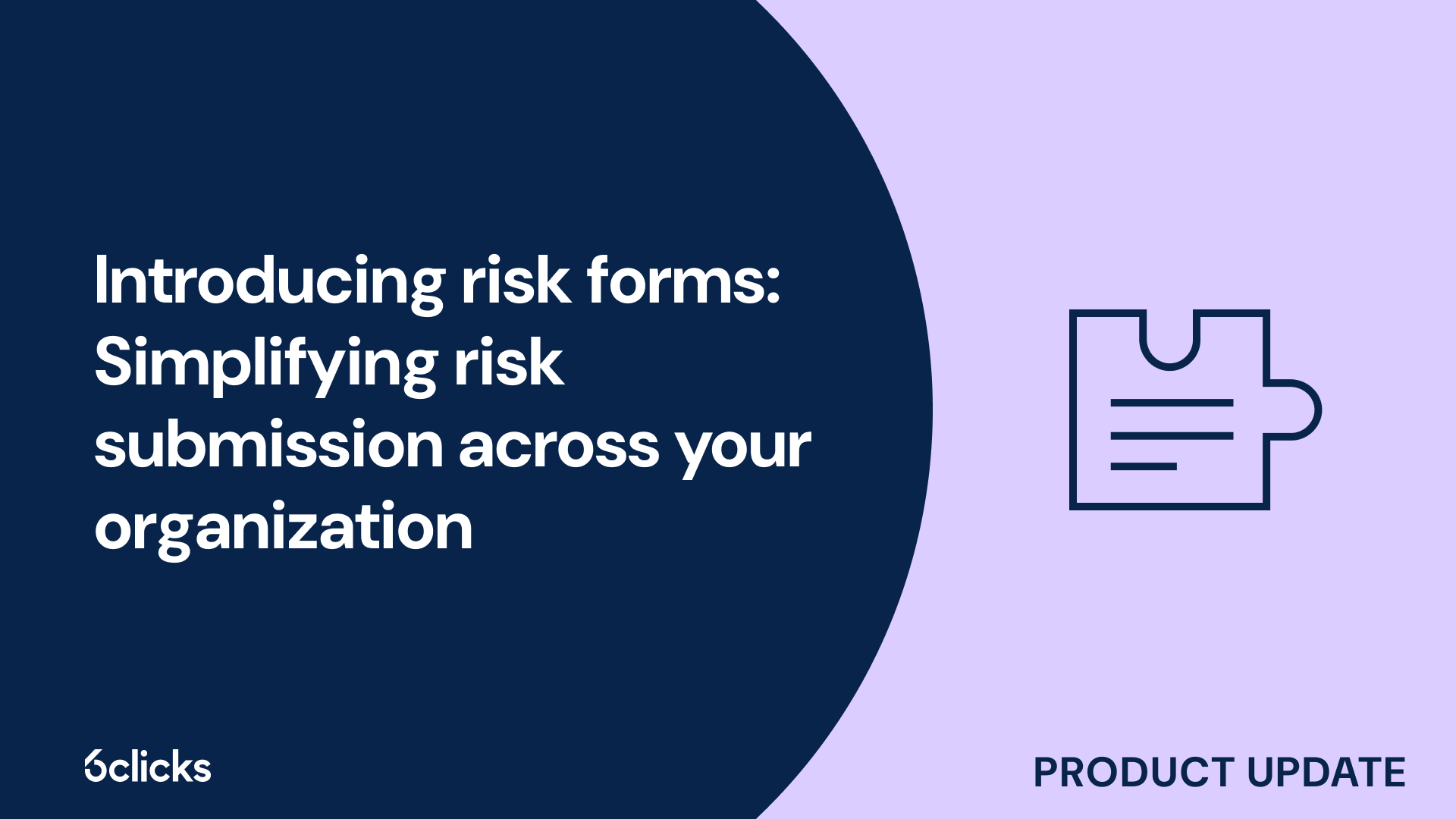Cyber resilience with NIST CSF in 2025
Master cyber resilience in 2025 with this expert guide to the NIST Cybersecurity Framework. Learn how to assess risk, improve security posture, and automate compliance with AI-powered solutions from 6clicks.
-1.png?width=200&height=249&name=Group%20193%20(1)-1.png)
Cyber resilience with NIST CSF in 2025
What does the 'Detect' function involve?
TL;DR: The Detect function in NIST CSF ensures that organizations can identify cybersecurity events in a timely manner—through monitoring, anomaly detection, and continuous security analysis across systems and networks.
As described in the 6clicks guide Cyber Resilience in 2025: Your Smart Guide to NIST CSF, the Detect function plays a critical role in bridging prevention and response. No system is impenetrable—so detecting threats quickly and accurately is essential for minimizing damage.
The function supports an active defense posture, where organizations not only defend but also stay alert to indicators of compromise and suspicious behavior.
Key categories within the Detect function
-
Anomalies and Events (DE.AE)
Detect deviations from normal operations and understand the potential impact of those events. -
Security Continuous Monitoring (DE.CM)
Track network activity, endpoints, users, and systems in real time to spot early signs of attack. -
Detection Processes (DE.DP)
Define, implement, and refine procedures for alert triage, incident logging, and escalation.
Why the Detect function matters
-
Reduces attacker dwell time
The faster a threat is detected, the less time it has to cause harm. -
Improves incident response readiness
Detection is the trigger that activates your response and recovery plans. -
Enhances situational awareness
Helps SOC teams see threats across cloud, on-prem, and hybrid environments. -
Enables threat hunting
Supports proactive identification of advanced persistent threats (APTs) and stealthy actors.
In an era where threats can remain undetected for weeks or even months, robust detection is no longer optional—it’s foundational.
Need better visibility into cybersecurity threats across your environment?
Book a demo with 6clicks today to see how our platform helps define and track detection metrics, integrate monitoring tools, and connect detection with automated incident response.




